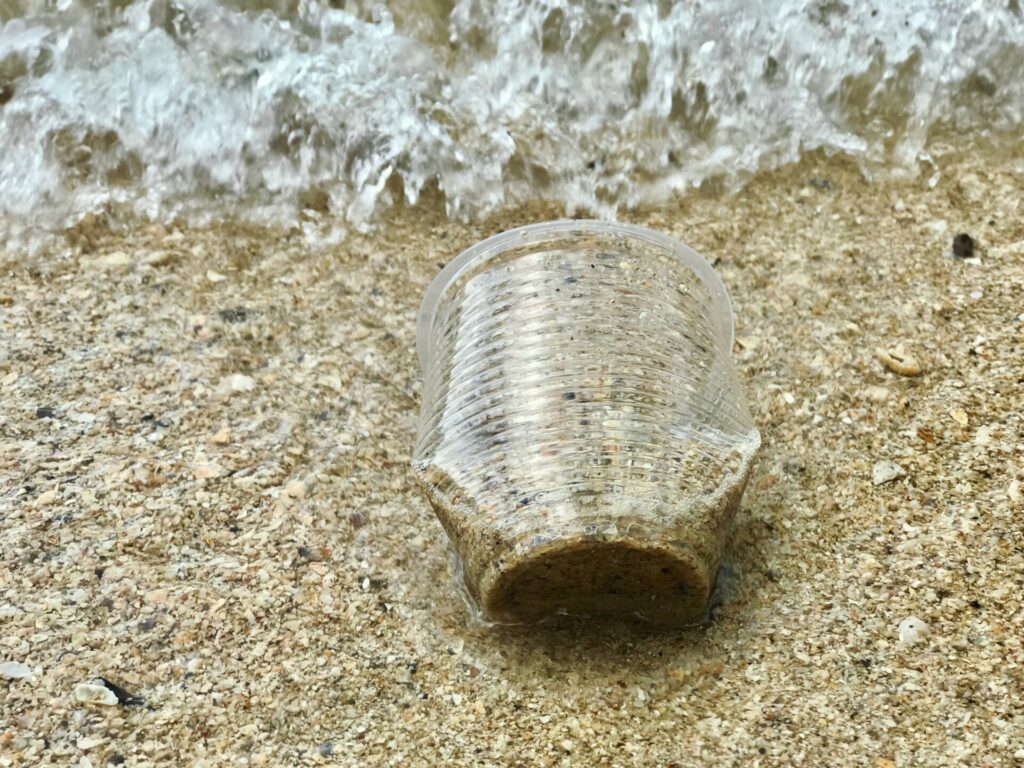American chemists at Northwestern University in Illinois, the United States, have identified a potential method to destroy PFAS (poly- and perfluoroalkyl) pollution, commonly dubbed ‘forever chemicals’ due to their potential to cause long lasting pollution.
Scientists have previously linked exposure to the harmful substances with several serious health risks, such as cancer and birth defects. Resistant to water, oils, and stains, PFAS chemicals are used in many commonly used items, such as frying pans and make-up sets.
However, this waterproof quality makes it extremely hard to break the chemicals down, which soak into the environment and can pollute for many years. We use PFAS chemicals in dozens of products, including food packaging, rain coats, adhesives, paper, paints, and more.
Each year, the chemicals are detected in rain water, but more worryingly, infiltrate into drinking water and the soil, where they can enter into the food supply. It is still not fully understood how these chemicals affect our bodies and the environment.
Hopes to decontaminate affected areas
“There is an association between exposures and adverse outcomes in every major organ system in the human body,” Elsie Sunderland, professor of environmental chemistry at Harvard University, told the BBC.
In Belgium, American conglomerate 3M was found to have heavily polluted the environment surrounding its Zwijndrecht manufacturing site with the chemicals, with traces of PFAS chemicals being found in the air and soil, as well as the blood of locals. 3M must pay 571 million to clean up the site and reduce the risk of contamination in the future.
Existing methods of cleaning up PFAS pollution mostly involve incineration. This is not very effective and requires extremely high temperatures. The new research claims to have found a method to destroy the chemicals at low temperature and cheap products. There are hopes that this new technology could be put to use to decontaminate affected areas.
Related News
- PFOS, PFOA found in soil samples but not in water or vegetables
- Dangerous levels of chemicals found in rainwater globally, even in Antarctica
PFAS chemicals have strong carbon and fluorine bonds, the hardest bonds in chemistry, which are extremely resistant to fire and water. The research team, led by Dr. Brittany Trang, identified a new mechanism to destroy PFAS with common Sodium Hydroxide, targeting weakly charged oxygen atoms.
The team of scientists hope that this discovery, if economically viable, could be used to filter PFAS out of drinking water. The issue of PFAS absorbing into nature, however, is still yet to be resolved.

